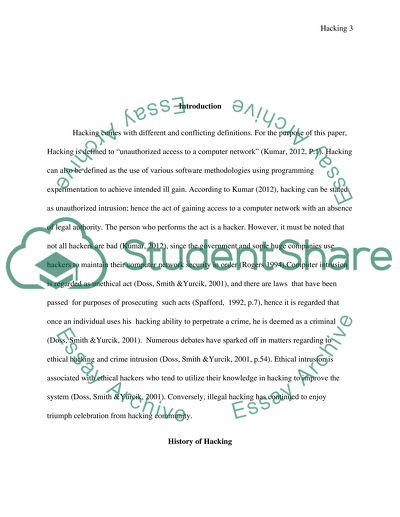Cite this document
(“Issues in Contemporary media and cultural studies(Journal) Essay”, n.d.)
Retrieved de https://studentshare.org/miscellaneous/1619882-issues-in-contemporary-media-and-cultural-studiesjournal
Retrieved de https://studentshare.org/miscellaneous/1619882-issues-in-contemporary-media-and-cultural-studiesjournal
(Issues in Contemporary Media and Cultural studies(Journal) Essay)
https://studentshare.org/miscellaneous/1619882-issues-in-contemporary-media-and-cultural-studiesjournal.
https://studentshare.org/miscellaneous/1619882-issues-in-contemporary-media-and-cultural-studiesjournal.
“Issues in Contemporary Media and Cultural studies(Journal) Essay”, n.d. https://studentshare.org/miscellaneous/1619882-issues-in-contemporary-media-and-cultural-studiesjournal.


